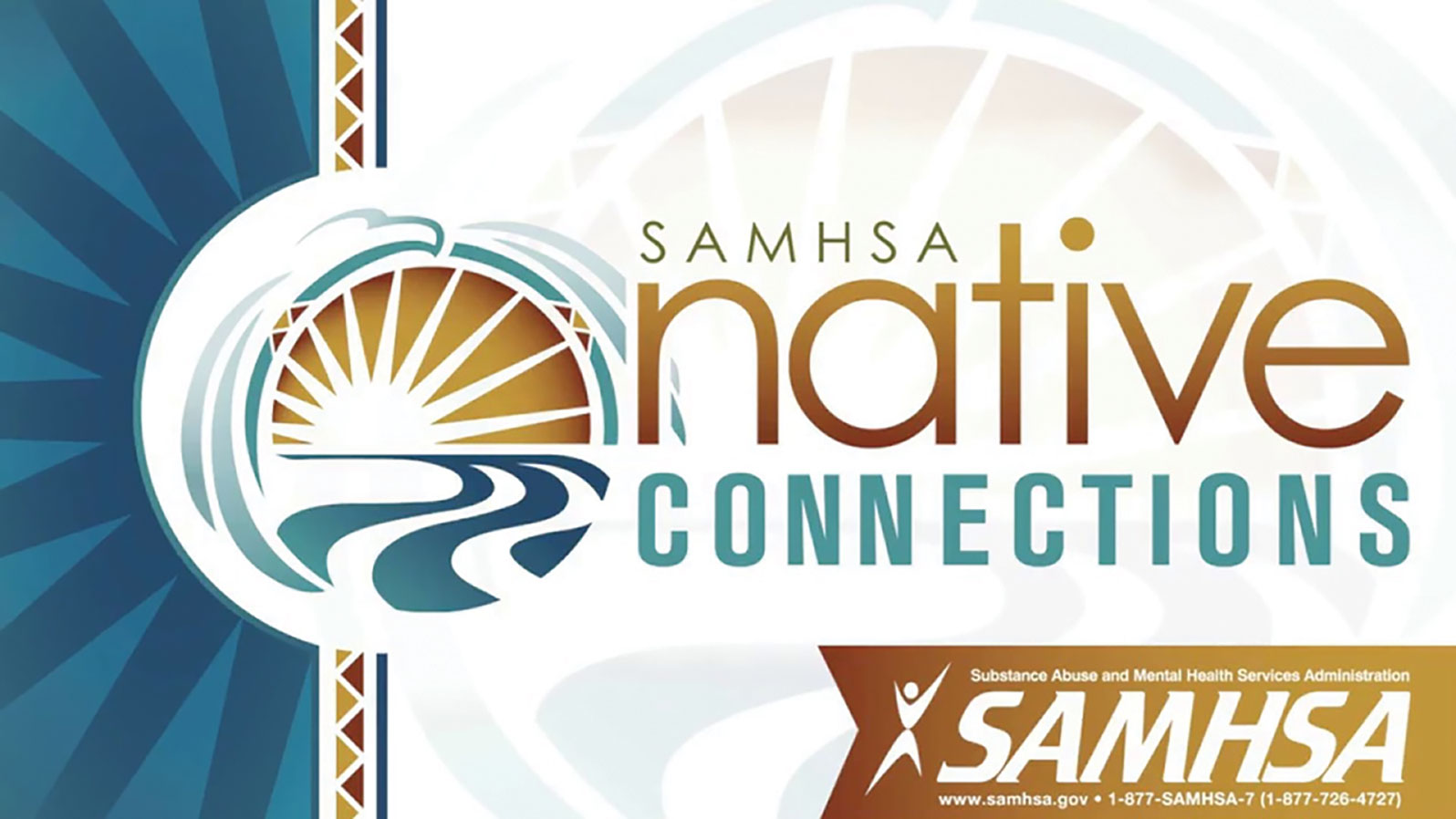Welcome back reader! For those of you who read the previous piece from BEE HEARD on sunlight and its role in our total wellness, this is a continuation of that story. But do not worry if you missed it. Today we are exploring the many beautiful colors of light, and how they have different effects on us, especially now in the age of artificial light in our homes.
The sun’s light contains a broad spectrum of light from the highest wavelengths, producing red, orange, yellow, and green, as well as shorter wavelengths which include blue, violet, and ultraviolet. You can observe this in nature when you see a rainbow and notice how the water droplets break up the sun’s light waves into separate colors from the spectrum.
Artificial light, by contrast, is less powerful and can contain a broad or narrow spectrum of light depending on how it was designed. We now can have lights that are only blue, or only red, or some combination and make them brighter or softer to our liking.
We know that the light of the sun is beneficial to us, and that modern technological lights have allowed us to brighten dark places and take control of when and how long we have access to light. Much attention is now being placed on how the different kinds of light affect us, and you may have heard about how the shorter waves of blue light, but also violet and UV light affect our ability to sleep at night. Let me share with you what I’ve learned about these issues.
Blue light suppresses natural melatonin production in our bodies, which is a process our body must work up to slowly via the circadian rhythm. All kinds of bright light can do this, but according to a study out of Harvard medical school, the impact of blue light was about three times more powerful at reducing our melatonin and shifting our circadian rhythm later into the evening. Depending on your sleep schedule (and where in the world you live) avoiding bright light of any kind, and blue light from artificial lights, between 10 p.m. and 4 a.m., will help to set a circadian rhythm that aligns with the cycle of sun.
Dim, red light is shown to be much less disruptive to our melatonin and circadian rhythm, and better yet is having these lights placed in our homes lower than eye level. How does that help? Well, think about how when the sun is high overhead that means its peak daytime; and in the evening it sinks below the horizon. So, in effect we are trying to bring the natural horizon and the sunset into our homes by placing dim, natural or artificial lights near or on the floor with this little trick. How dim is dim enough? Some examples of dim light from Dr. Andrew Huberman are candlelight and moonlight, which are much less intense and great for evening light reduction. Dr. Huberman reminds us that any bright light, regardless of color, will delay our natural melatonin creation and make it harder for us to fall and stay asleep.
Blue light blocking glasses are also helpful for those of us who have late shifts and work on computers at night, but please do not use blue light glasses as a trick to continue scrolling on your phone at bedtime, because at the end of the day, it’s time to go to sleep!
Here’s to your good health!
It’s okay not to feel okay.
If you or someone you know has been struggling with their emotions, behaviors, or substance use please reach out to us. We can help you find appropriate tools and services that could help you overcome obstacles in your life. We are here for you. Please contact the Southern Ute Behavioral Health Division at 970-563-5700 for more information or to set up an appointment to see a counselor or therapist.
Reminder: If you need to talk to someone, please reach out.
And for those interested in opioid use education, harm reduction, and support, please contact us for quick Naloxone (Narcan) training and fentanyl test strips. We can schedule individual, family, or friends training times at our Southern Ute Behavioral Health Building, or we can come to you, and the training is around 30 minutes. Please call us at 970-563-5700 to set up a training appointment.

